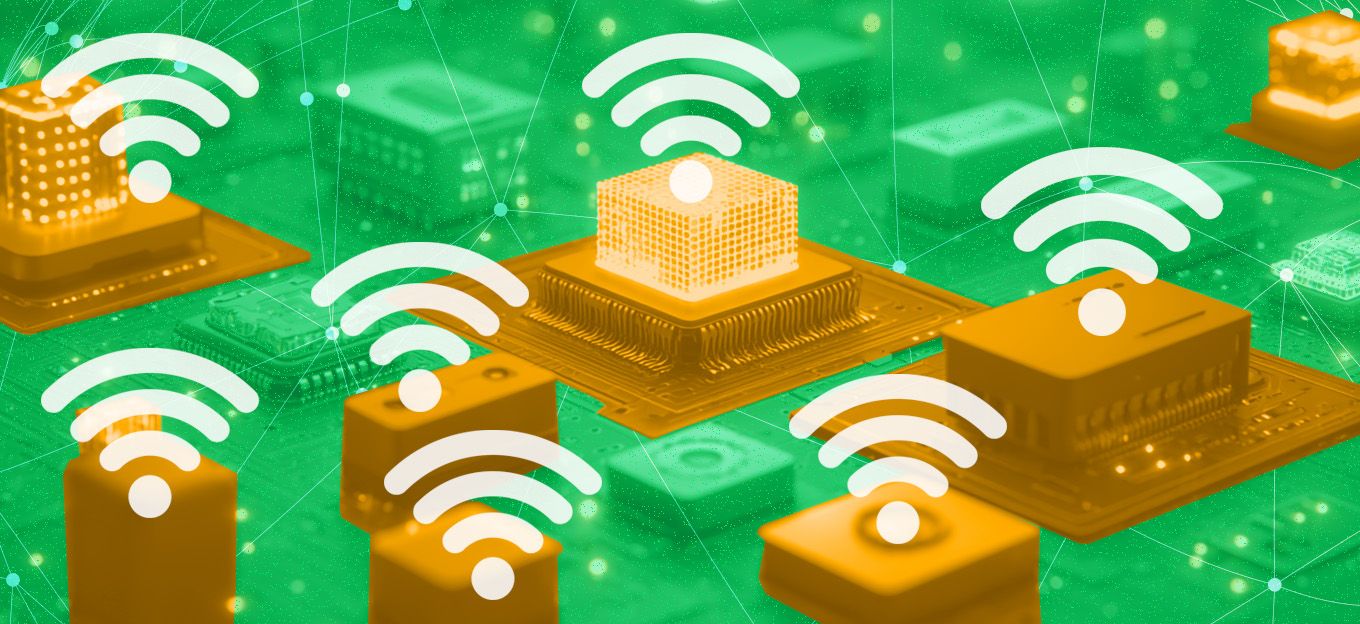Top 5 Use Cases for Software-Defined Connectivity (SDC)
Top 5 Use Cases for Software-Defined Connectivity (SDC)
- Last Updated: November 12, 2025
Monogoto
- Last Updated: November 12, 2025



The biggest technology revolutions rarely begin with the incumbents. In the early 2000s, it was startups, not Fortune 100 giants, that initially embraced the cloud, as they needed speed and agility over traditional hardware. AWS, Google Cloud, and Azure transformed infrastructure by making it programmable, scalable, and instantly available.
Today, connectivity is at the same turning point. While legacy telcos still rely on rigid stacks and manual provisioning, a new generation of API-first, scale-first IoT companies is building on Software-Defined Connectivity (SDC). Just as the cloud made compute programmable, SDC is making networks programmable, removing friction and fueling the next wave of IoT innovation.
This isn’t incremental change. It’s the next cloud revolution. And it’s already reshaping IoT across industries. Here are five use cases showing how SDC is changing the game.
1. Connected Vehicles & Smart Mobility
From electric bikes and scooters to autonomous delivery robots and dash cams, modern mobility companies are scaling at lightning speed across borders, operating on real-time data, and depending on secure OTA updates. Traditional telco processes simply can’t keep up.
How SDC helps: With real-time SLA tuning for low-latency streaming, geo-triggered security policies, border-aware failover, and efficient OTA patching, SDC gives these companies the agility to scale fleets seamlessly.
Business Value: Faster expansion into new markets without renegotiating telco contracts, reduced downtime from connectivity failures, and lower operational costs from automated network control. In short, SDC helps mobility players launch globally and operate securely at startup speed.
2. AI-Driven Delivery Robots & Industrial Automation
Autonomous robots in warehouses, factories, and city streets are revolutionizing logistics and manufacturing. However, they require high bandwidth, ultra-low latency, and seamless roaming across various environments.
How SDC helps: Features such as dynamic network slicing, instant application of cyber posture policies, and private-public mobility (enabling seamless roaming from private LTE to public 5G without disruption) keep robots connected and secure.
Business Value: Improved reliability directly translates to higher uptime and productivity. Companies can deploy automation more quickly, reduce costly outages, and scale robotic fleets without incurring heavy telecom investments. This drives efficiency gains and competitive advantage in industries where every second counts.
3. Dash Cams & Video-Centric IoT
In-vehicle camera systems are exploding in adoption, from fleet insurance to public safety. These solutions rely on large video uploads, intelligent bandwidth management, and strict adherence to data residency laws.
How SDC helps: With region-specific routing, usage-aware throttling, and automated VPN/DPI filtering, SDC ensures data stays compliant, secure, and cost-efficient.
Business Value: Companies cut bandwidth costs by aligning usage with actual needs, avoiding multi-million-dollar penalties while unlocking recurring SaaS revenue models. SDC turns connectivity into a growth enabler rather than a cost risk.
And yes, all of this can be automated by the customer’s application via API.
4. Massive IoT: Smart Metering & Smart Cities
Smart meters, streetlights, and city-wide sensors operate on a massive scale, with tens of thousands of devices constantly transmitting data. The challenge isn’t just connectivity, it’s doing it reliably and affordably.
How SDC helps: Intelligent load control, payload compression, edge filtering, and automated security segmentation make large-scale IoT deployments practical and efficient. Legacy models were built for static devices and batch provisioning. SDC brings intelligence and agility to the world of dense, distributed sensor networks.
Business Value: Utility providers and municipalities reduce connectivity expenses, improve service reliability, and strengthen cyber resilience, all while scaling infrastructure to meet sustainability and smart city goals. This enables faster ROI on digital infrastructure projects and better citizen services.
5. The “New Cloud Natives” of IoT
The next Twilio, Stripe, or Snowflake won’t be born in telecom; they’ll emerge from IoT startups that treat connectivity as code. These companies want speed, APIs, and integration with CI/CD pipelines, not multi-year telco contracts.
How SDC helps: By enabling rapid device onboarding, seamless workflow integration, and programmatic policy control, SDC empowers developers to build and scale connected products with cloud-like velocity.
Business Value: Startups reduce time-to-market, avoid the heavy upfront costs of legacy telco infrastructure, and gain the agility to pivot quickly. For investors, SDC-backed companies de-risk operations and scale faster, making them far more attractive bets.
From Static Networks to Living Infrastructure: The Real Power of SDC
The next decade of IoT will be written by those who build on programmable connectivity pipelines, not static telco stacks. Software-Defined Connectivity isn’t about swapping out SIM cards; it’s about eliminating the friction that has slowed down IoT for decades. With SDC, connectivity becomes dynamic, programmable, and as adaptable as the software it serves. That means faster scaling, stronger security, seamless compliance, and the freedom to innovate without waiting on legacy telecom processes.
History tells us what happens next. AWS unlocked a new generation of cloud-native giants who disrupted entire industries. Today, SDC is unlocking the same opportunity for IoT, fueling the builders who refuse to wait, the startups that will define tomorrow’s mobility, automation, and smart infrastructure, and even the enterprises ready to move at cloud speed.
The question isn’t if SDC will define IoT; it’s who will move fast enough to lead.
The Most Comprehensive IoT Newsletter for Enterprises
Showcasing the highest-quality content, resources, news, and insights from the world of the Internet of Things. Subscribe to remain informed and up-to-date.
New Podcast Episode

Industrial IoT and Connectivity
Related Articles



